The late, great Wes Craven made several great horror movies in his four decades of filmmaking. However, Craven’s single greatest contribution to horror cinema was no doubt the creation of Freddy Krueger. Craven’s original A Nightmare On Elm Street is a film that still ranks as one of the greatest horror films of all-time decades after its release. To celebrate Craven’s greatest creation, not to mention Nerdoween, we are ranking all nine Nightmare films from worst to best. (Yup, even that divisive remake.)
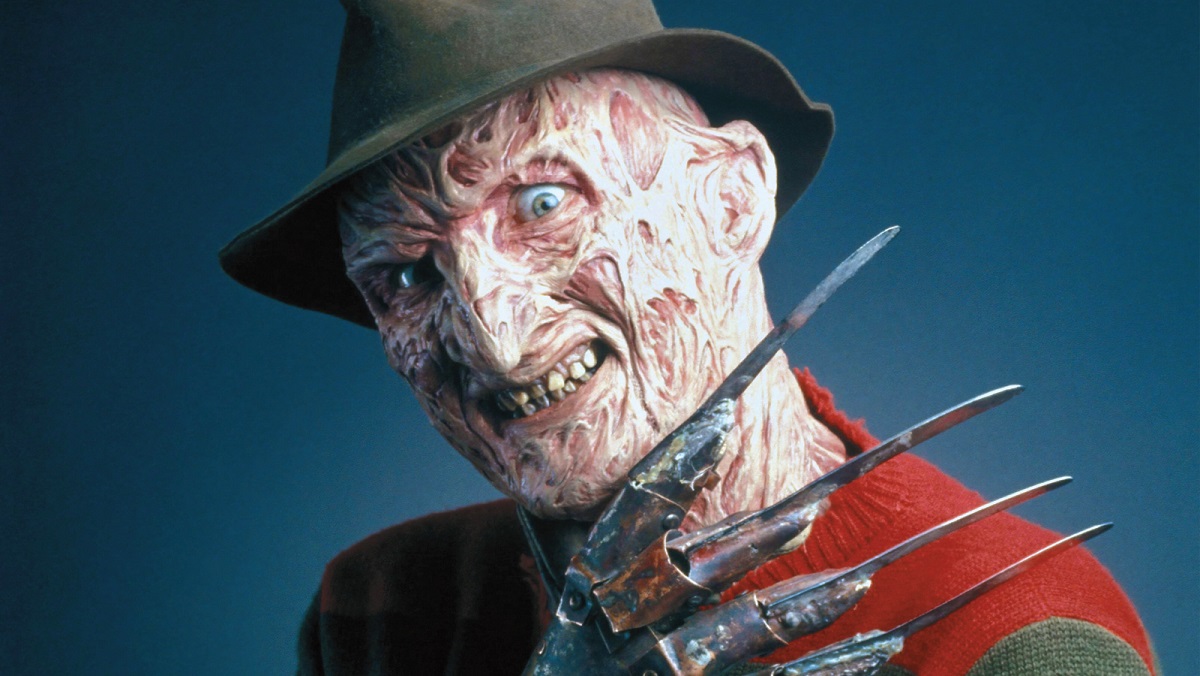
9. A Nightmare on Elm Street (2010)
On its surface, the remake of A Nightmare on Elm Street may not seem like the worst of the series. You can probably make a solid argument for why it’s better than Freddy’s Dead or maybe even Freddy Vs. Jason. But the 2010 reboot is just bereft of almost any originality whatsoever. From the first frame, it feels like a cash grab made by folks who really don’t care at all, a chance to profit off the good name and creative ideas of other people. Although this century has had some pretty soulless remakes of classic horror films, A Nightmare on Elm Street is perhaps the most insulting of the bunch, despite a talented cast featuring actors like Rooney Mara and Connie Britton.
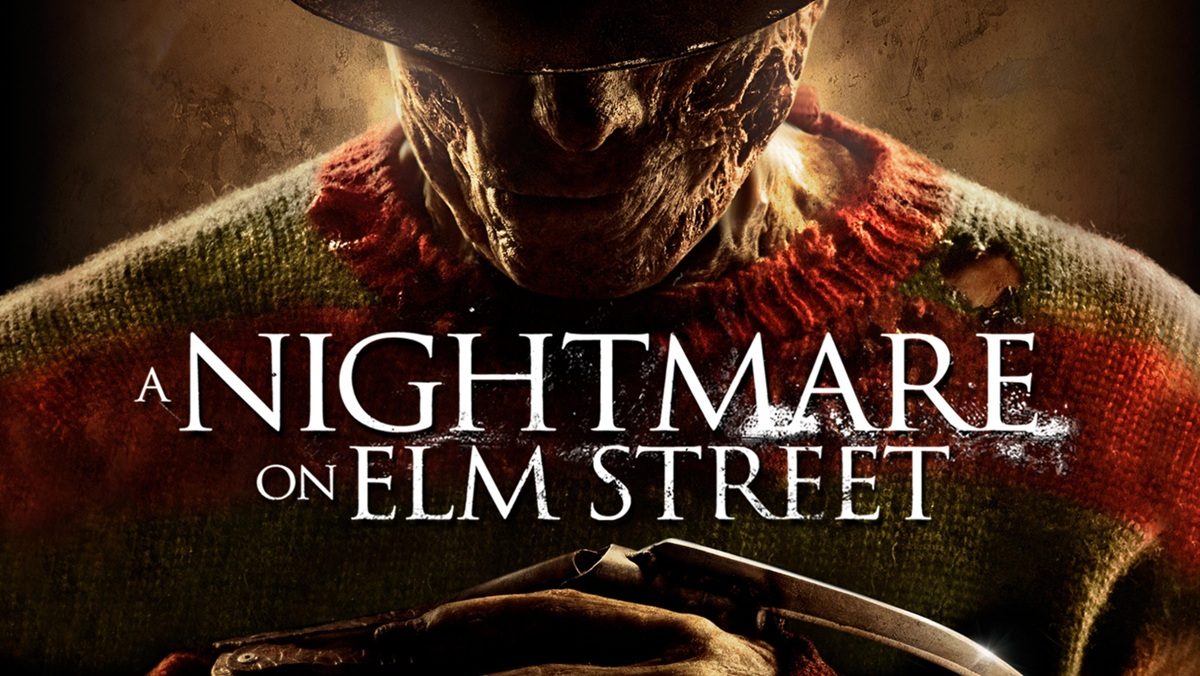
So what’s so bad about the remake? For starters, the whole thing just looks way too slick. All the grittiness of the original film vanished, replaced with a sleek and shiny commercial look. The movie’s director, Samuel Bayer, directed the music video for Nirvana’s “Smells Like Teen Spirit.” And that aesthetic falls short here. Someone once said that in modern horror, everyone looks carved out of cream cheese, showing off perfect chiseled looks that remove them from relatability to the average person. That’s never been truer than here, where everyone is just damn too pretty, and all in the same kind of way.
The film does try to bring something new to the table, such as the concept of “micro naps.” These are little moments that Freddy uses to sneak into your dreams. But they aren’t really fleshed out. There is another unique idea the movie presents that’s not in the original. That’s the notion that Freddy may not have molested the kids of Springwood, and was framed and then murdered. But director Samuel Bayer never follows through on it.
By the end, it turns out Freddy did do all those awful things, the kids just don’t remember it, because reasons. Add to that the truly awful CGI and a tepid performance by otherwise great Jackie Earle Haley and this remake was just dead on arrival. Let’s just hope the next attempt (and trust me, there will be one) gets it right.
8. Freddy’s Dead: The Final Nightmare (1991)
In this “last” installment, ten years had passed since the events of Nightmare 5. Freddy has managed to kill all the children of Springwood, leaving a town filled with crazy adults. Sounds interesting, right? Except the adults’ grief and insanity is only played for cheap laughs and excuses to have cameos from celebrities like Roseanne Barr.
Freddy’s Dead also makes a couple of other fatal errors that horror franchises often make when they’ve run out of ideas. And that’s the need to explain the entire backstory of the monster. They come up with this half-baked mythology for ancient Dream Demons that give Freddy his powers, an explanation that nobody wanted or asked for. Leaning into broad comedy was studio-mandated and we can’t really blame director Rachel Talalay for it.
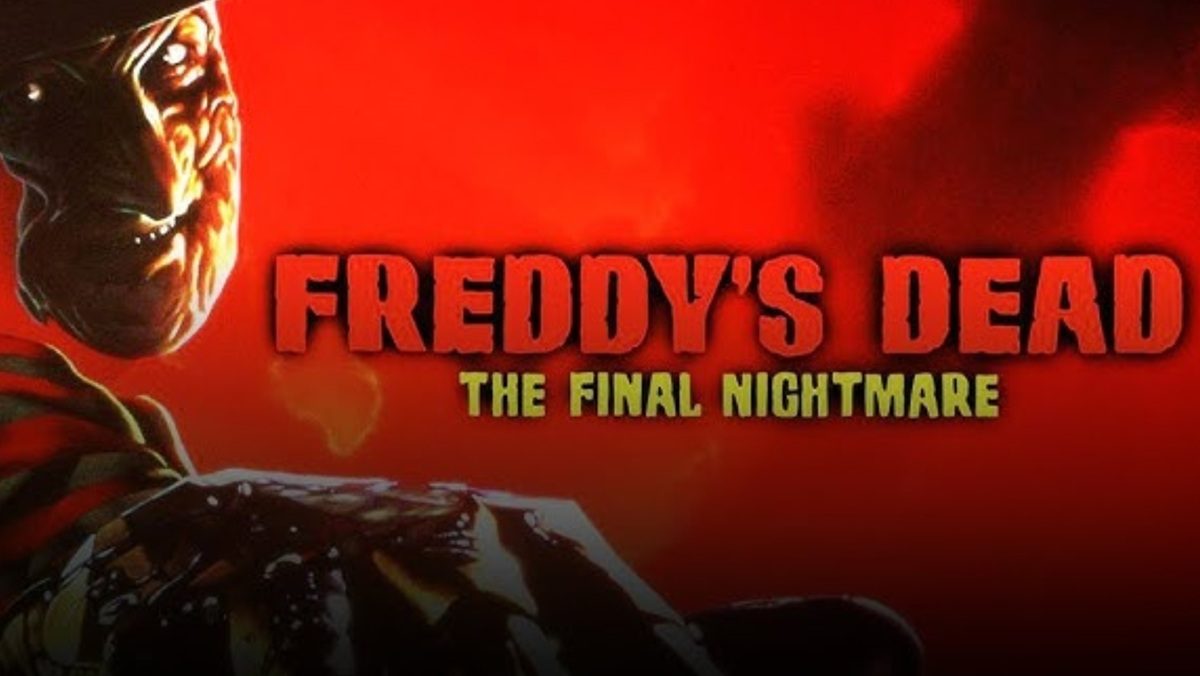
Even worse, this movie introduces last minute the idea that Freddy has a long-lost daughter, taken away from him as a child. See, that’s why he took away the children of Springwood, as revenge for them taking his daughter away from him. Because just being a perverted child killer wasn’t enough, apparently.
In the end, Freddy’s adult daughter (Lisa Zane) is the one who stops dear old dad by taking him out of the dream realm and killing him in the real world. Wait, wasn’t that the exact same way Nancy disposed of Freddy in the very first movie? And that didn’t exactly work out then, so why should this? It doesn’t matter because by the end, you just wish that Freddy had received a better finale. Luckily, that eventually happens (see entry #3). But it’s not with this movie.
7. A Nightmare on Elm Street 5: The Dream Child (1989)
For whatever reason, when it comes to horror franchises, especially those that come out on a nearly yearly basis, the fifth installment is when the general audience has basically said “Enough.” It happened with Saw, it happened with Paranormal Activity, and it happened to Freddy, too.
A Nightmare on Elm Street 5: The Dream Child was the fifth installment in as many years, and after the box office heights of Dream Master, the ticket sales for this one took a big tumble. Many blame it on over-saturation. After the mega success of Dream Master, there was a Freddy TV show, MTV appearances, and merch everywhere. People were all just Kruegered out. While over-saturation was part of the problem, there’s also the fact that Dream Child mostly falls flat.
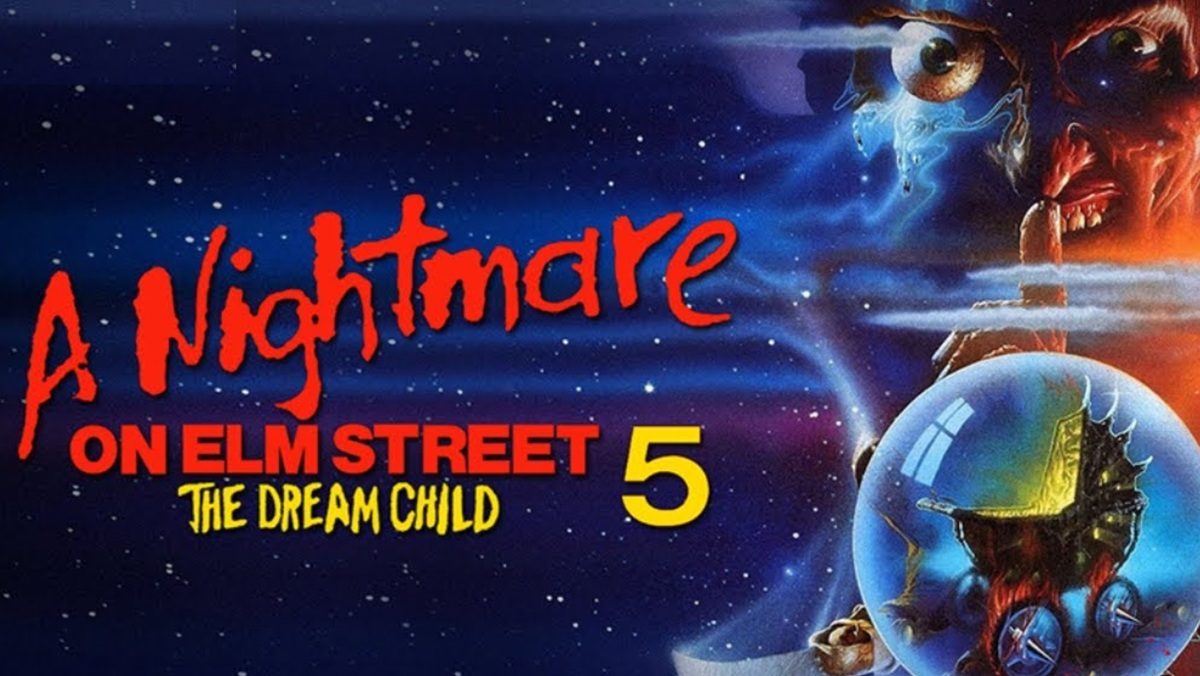
The opening hour is pretty great, actually. Director Stephen Hopkins restores some of the creepy mood from the first films. The basic premise is sound, too. Alice Johnson is now passing her dream powers to her unborn child. And like most unborn children, it spends its existence in a dream state. Thus, he’s a perfect pawn for Freddy. Unfortunately, it’s all downhill from here.
The kills in this movie are few and uninspired, especially compared to earlier inventive ones. Maybe the worst moment comes when Freddy dresses like a superhero, becoming “Super Freddy.” At this point, the movie goes one step too far into goofy territory, and sharks are jumped. Freddy is more “punny” than ever and it clashes with the darker visual style. Dream Child is the biggest tragedy of the series, because it’s 50% a pretty cool flick but the rest is just undercooked.
6. Freddy vs. Jason (2003)
I’ll be the first to admit, Freddy Vs Jason isn’t really what you’d call a “good film” by any stretch of the imagination. The premise is just way too goofy to make into a real movie. The worlds of Elm Street and Friday the 13th are too different to mesh together and make a lick of sense. But the movie has so much fun with the premise that it’s almost impossible not to enjoy its ridiculous excess. As we said, you can’t make a “real” movie out of this. So director Ronny Yu made an outright trashy exploitation film instead with a big Hollywood budget.
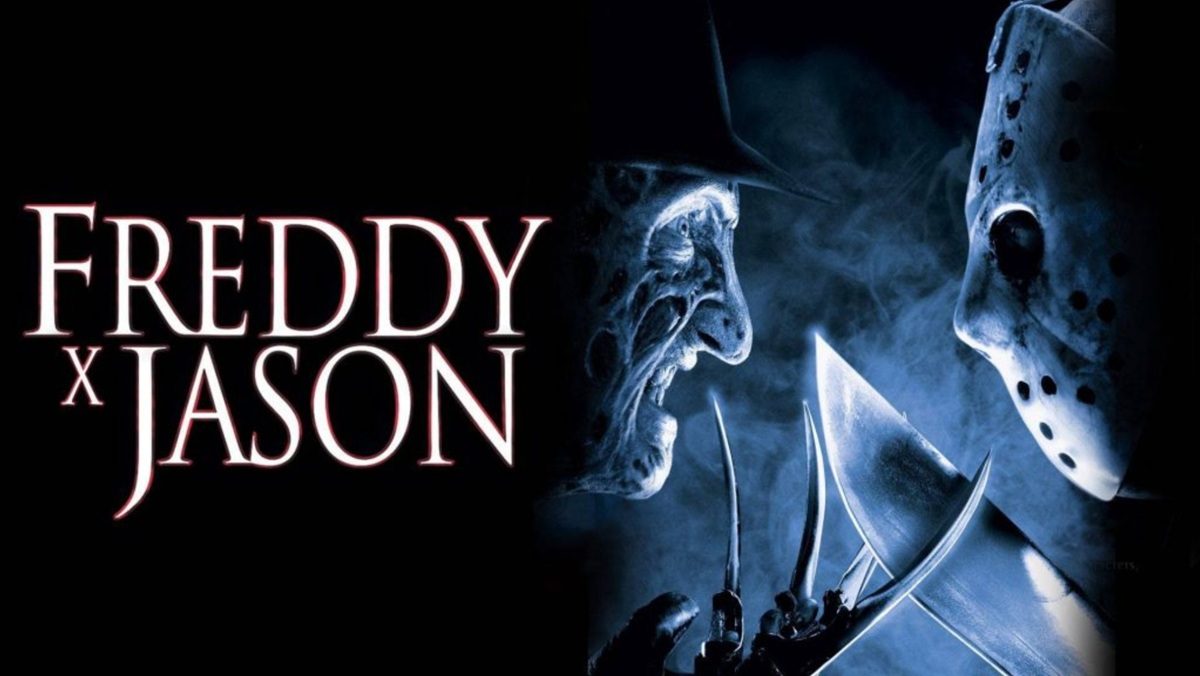
This is a movie that fully knows what it is, and doesn’t try to be anything else. The movie went through a decade of development, but the final product was the most financially successful in either franchise. After the movie was a hit, rumors swirled that Freddy vs Jason vs Ash was next. But just as quickly as this movie arrived, New Line found success with the Texas Chainsaw Massacre remake.
The creative powers that be decided to put all the eggs in the Nightmare remake basket instead, which is a total bummer. I wish we could visit the alternate universe where we’re on Freddy vs Jason vs Ash vs Michael vs Pinhead vs Chucky by now, and we didn’t have to endure the remake of Craven’s brilliant original film.
5. A Nightmare on Elm Street 2: Freddy’s Revenge (1985)
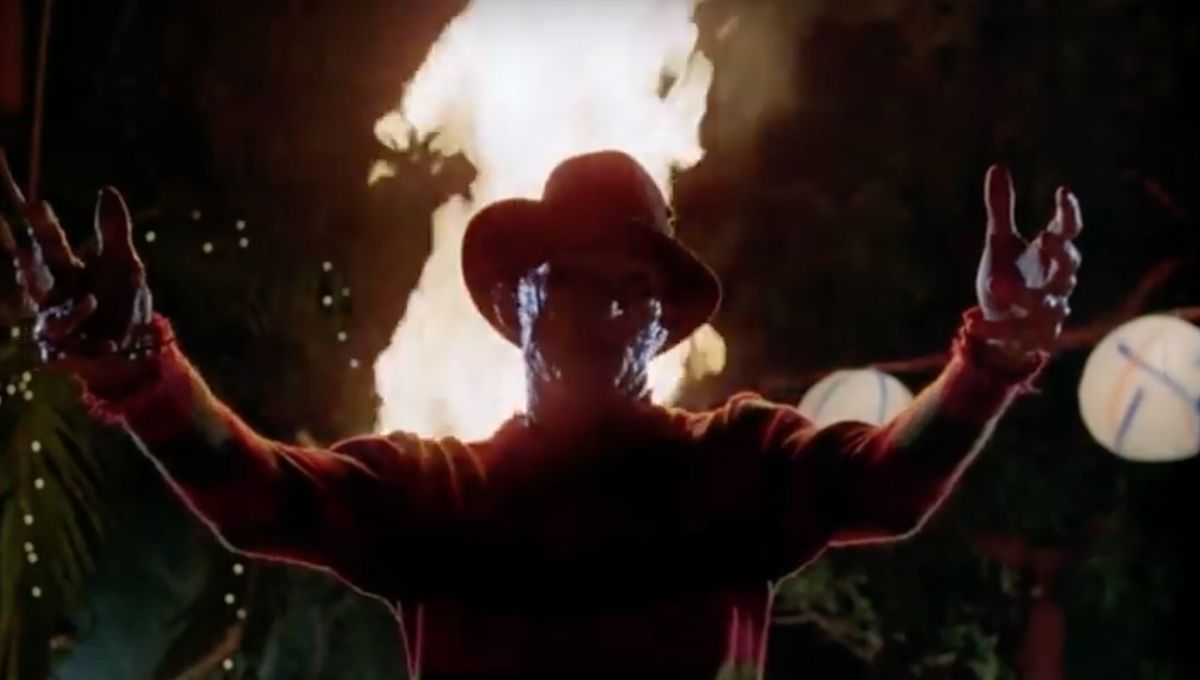
For a while there, fans viewed A Nightmare on Elm Street 2: Freddy’s Revenge as the worst chapter of the series. And don’t misunderstand us, this movie does a lot of things wrong. Most notably, removing the basic premise of Wes Craven’s original idea of Freddy stalking the dreams of the children of his murderers was a bad move. And having Freddy possess the body of the main character, Jesse Walsh (Mark Patton), was another weird choice. Can’t Freddy kill way more kids in the dream realm than in a flesh-and-blood body? Removing the original theme music by Charles Bernstein was another mistake. Christopher Young’s score isn’t bad. It’s just not iconic.
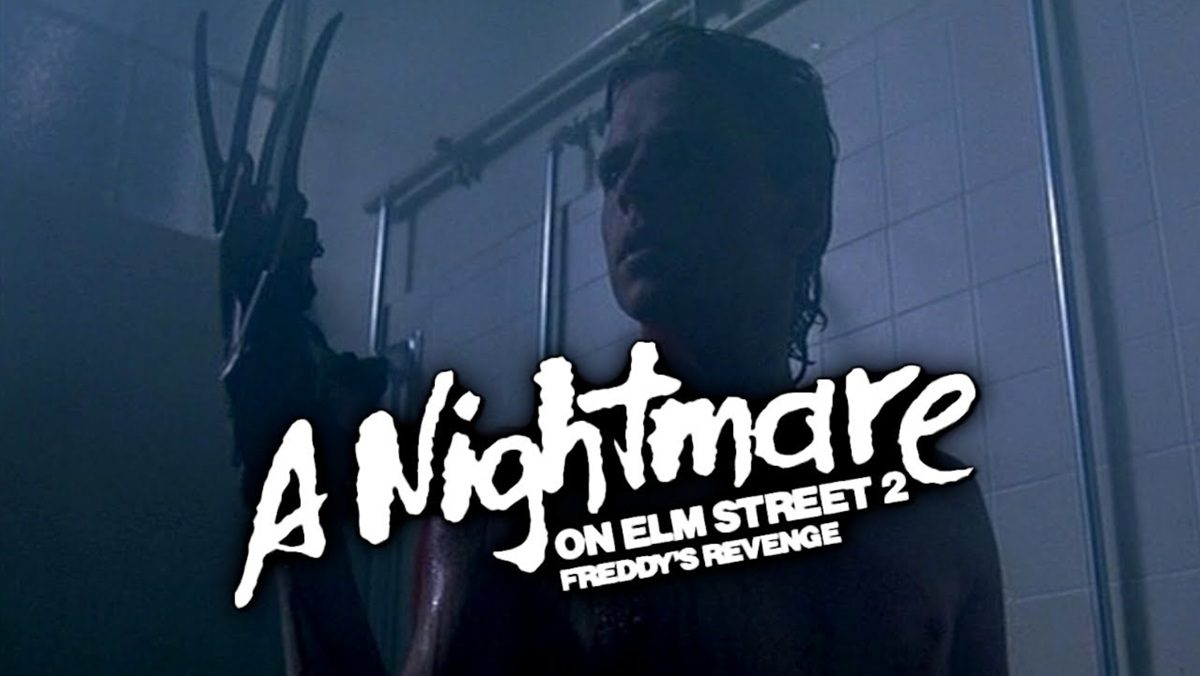
But given all that, director Jack Sholder does a lot of other things right. For starters, it’s the last time we see Freddy as being legitimately scary. Here, he’s still in the shadows, still obscured, and still terrifying. And the scene where Freddy emerges from Jesse’s body is an incredible moment of great practical effects at play. Today, the film is mostly remembered for its infamous gay subtext. There’s so much subtext that it qualifies as just plain old text.
Screenwriter David Chaskin has admitted to adding all those gay undertones in recent years. All of this stuff makes it more interesting to watch, even if it’s just as a cultural artifact. Is Freddy’s Revenge a great movie? No, but it is entertaining to watch, although sometimes not for the reasons they intended. The same can not be said for a lot of the rest of the movies in this series.
4. A Nightmare on Elm Street 4: The Dream Master (1988)
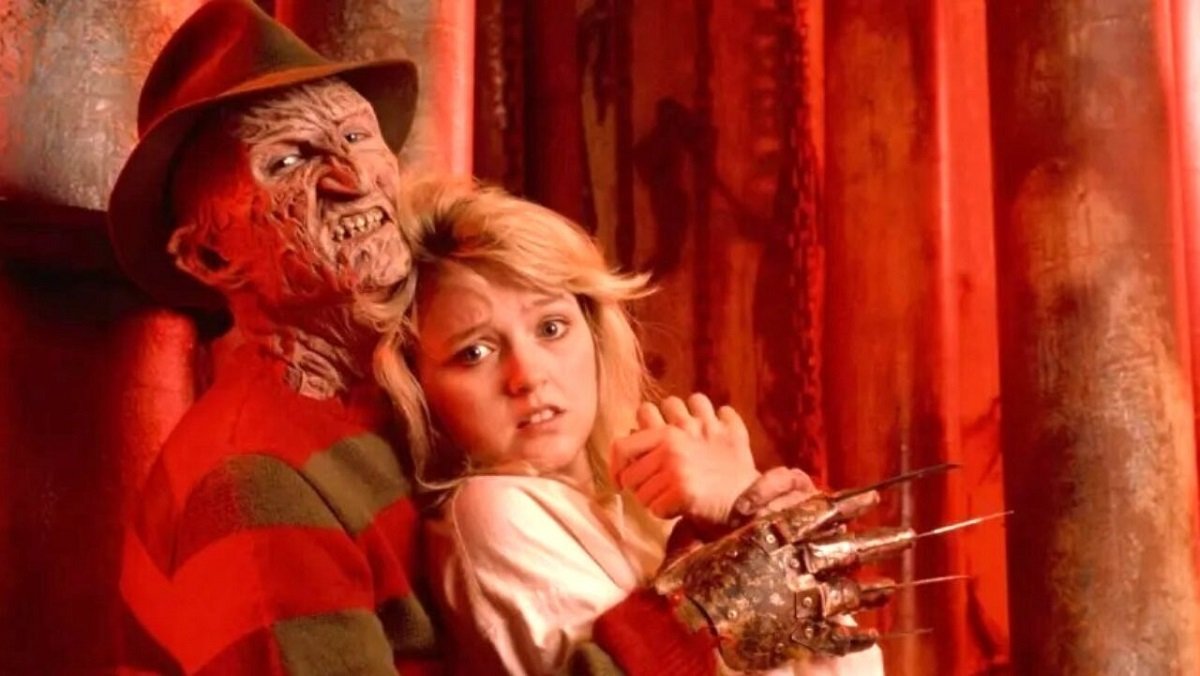
In terms of commercial success, A Nightmare on Elm Street 4: The Dream Master was the peak of the franchise, and one of the most financially successful horror movies of the decade. The previous installment had turned the franchise around, and the hope was that the fourth one would take things even further than Dream Warriors did. That’s not quite what happened, at least creatively speaking. The plot for Nightmare 4 is barely a plot, with Freddy finishing off the last of the Dream Warriors from the previous movie, and then moving on to their friends. That’s your story in a nutshell.
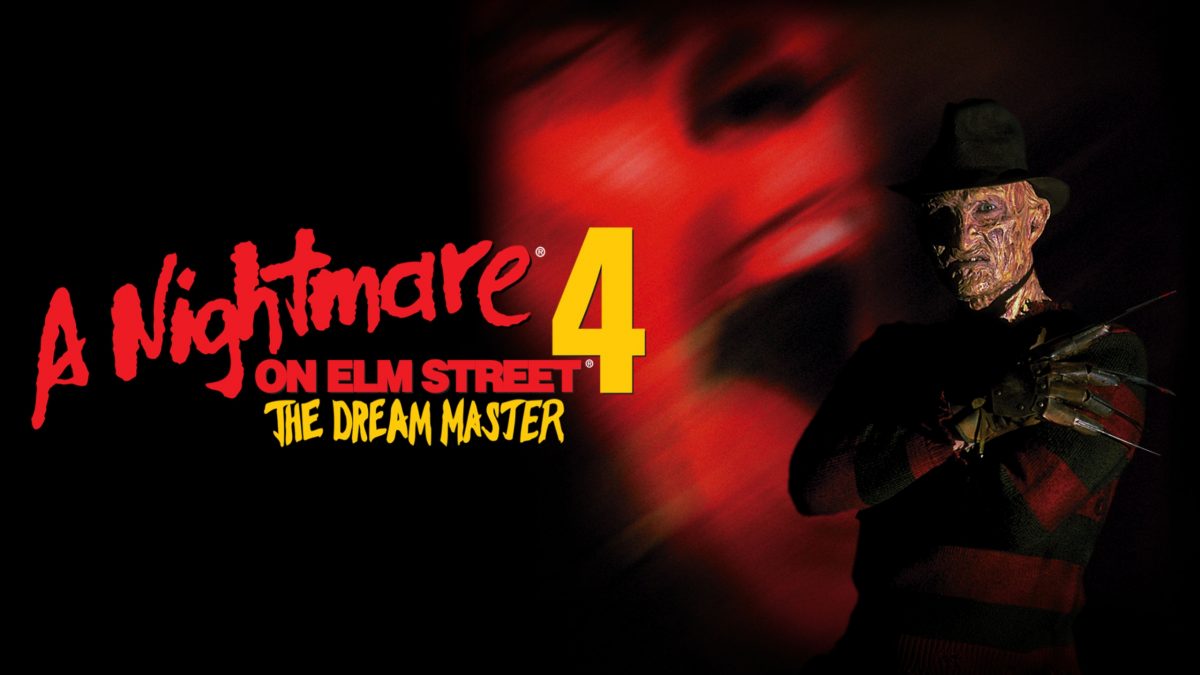
But man, does this movie have some great inventive kills. Who can forget poor bug-phobic Deb turning into a cockroach, or the “soul pizza” with all the screaming faces of Freddy’s victims? Director Renny Harlin made a pretty decent flick out of a movie that barely has a structure and it’s no wonder he went on to a long career.
The other thing Dream Master has going for it is a great final girl in Alice Johnson (Lisa Wilcox). She starts the film as shy, but by the end becomes a badass warrior. The way she ultimately defeats Freddy makes zero sense. It’s something about looking in a mirror and a nursery rhyme? But it results in a scene where the souls of Freddy’s victims tear him apart from the inside. When cool stuff like that happens, you kinda forgive the movie for not having much of a script.
3. Wes Craven’s New Nightmare (1994)
Three years after Freddy was put out to pasture in Freddy’s Dead, New Line Cinema had a change of heart. They decided to go back to the man who started it all, Wes Craven, for what would eventually be called Wes Craven’s New Nightmare. Here, Craven creates a meta commentary on the franchise he started.
He suggested that what we know as “Freddy” is really a demonic presence that somehow taps into this fictional slasher, Freddy Krueger. He’s a being that would begin to lose potency as the series got more and more watered down with sequel after sequel. Without having a “host story” to channel evil through, Freddy begins unleashing his evil into the real world.
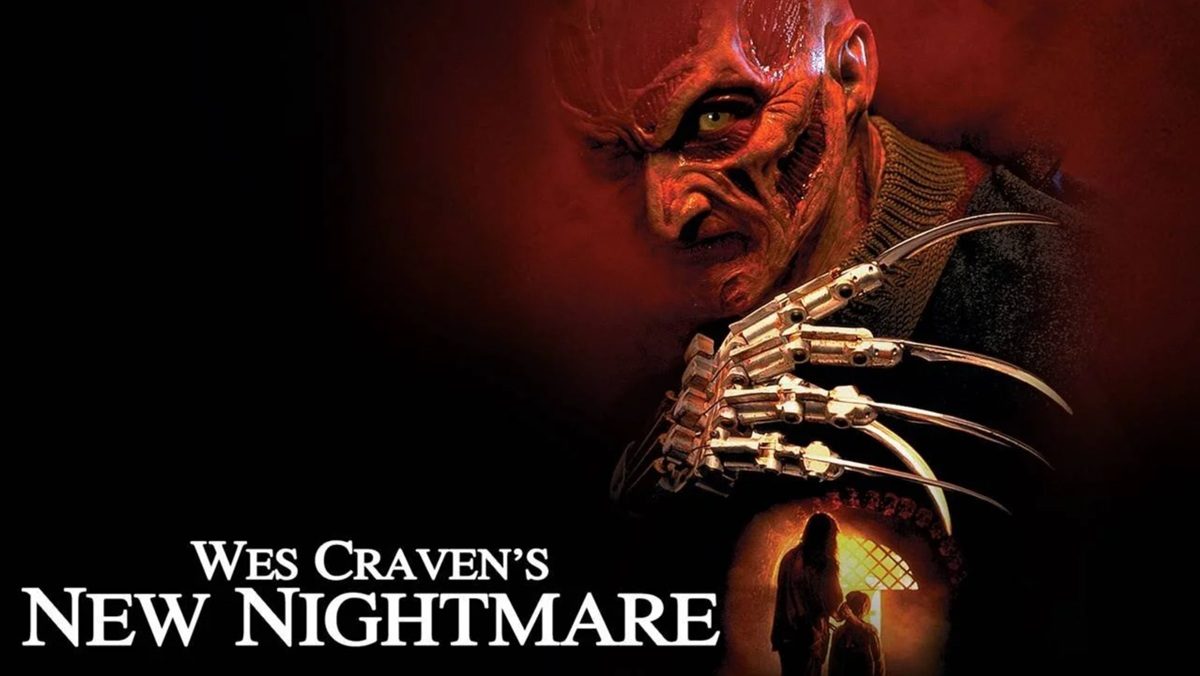
He starts by going after actress Heather Langenkamp, who played Nancy in parts 1 and 3. Not only does Langenkamp play “herself”, but so does writer/director Craven. Robert Englund does double duty as himself and the “real” Freddy, more terrifying here than he’d been in years. New Nightmare is an effective, inventive horror movie, a much more fitting finale to the saga Craven started ten years earlier.
It’s no surprise that the three best Nightmare films have his direct involvement, proving Freddy was most effective when his Daddy was involved. Sadly, 1994 audiences did not truly appreciate the film. Craven would do the meta-horror thing to much greater success with Scream just two years later. Decades later, New Nightmare serves as a testament to Craven’s genius and is the grand finale the series truly deserved.
2. A Nightmare on Elm Street 3: Dream Warriors (1987)
Most horror sequels are vastly inferior to the original films. But if there’s one great exception to this rule, it’s A Nightmare on Elm Street 3: Dream Warriors. This one is The Empire Strikes Back of slashers. It finds ways to expand upon the characters and mythology introduced in the first film, and introduces new characters we instantly like just as much. Chuck Russell stepped in as director, but Craven did return as producer/writer and his touch is instantly felt.
Also returning is Heather Langenkamp as Nancy Thompson. The original film’s “final girl” is now a den mother of sorts to the last surviving Elm Street children. Instead of a typical high school setting, we are introduced to these kids in a mental hospital, where they’ve been sent by parents who would rather just let them become someone else’s problem.
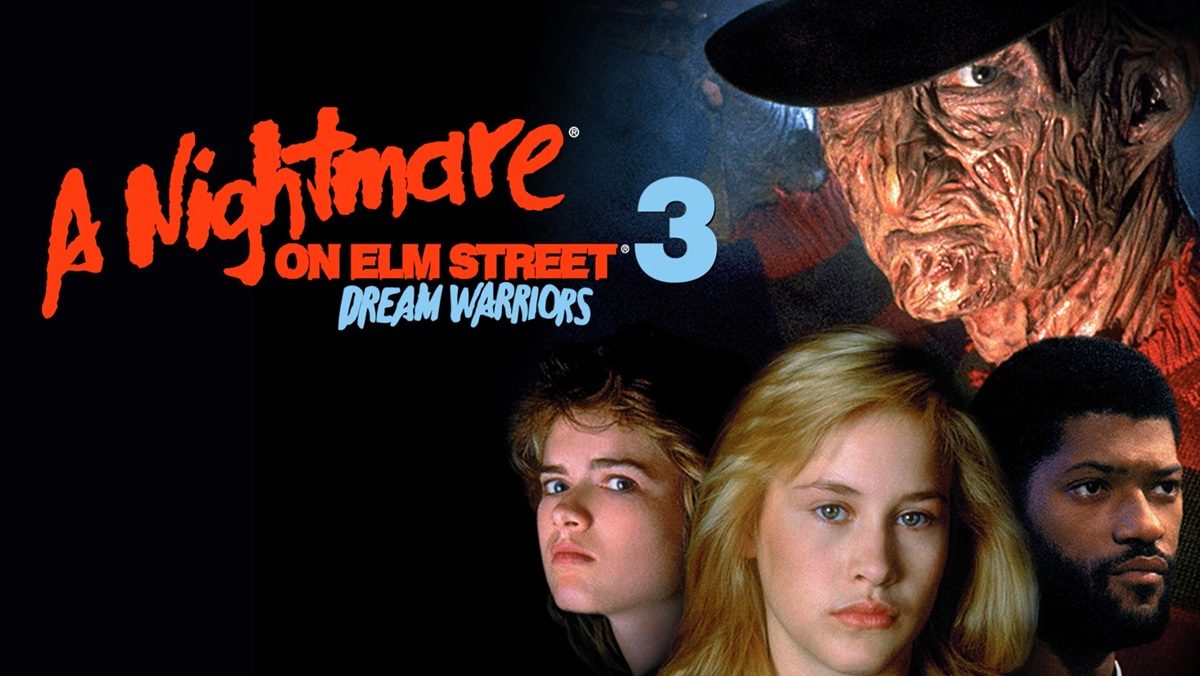
The nightmare sequences are taken to a whole new and surreal level in this movie, pushed far more than the budget of the first two movies would allow. Because of this, Freddy’s kills are insanely inventive this time around. Most notable of these sequences is when Freddy turns into a giant phallic snake and attacks young Patricia Arquette. And that’s just the tip of the iceberg in this one. This movie takes things into an almost X-Men level, when Nancy shows the kids how to use their dream abilities against Freddy. Add to that the new wrinkles in Freddy’s backstory about the circumstances surrounding his birth and this movie is a damn near perfect sequel. What’s not to love about Dream Warriors?
1. A Nightmare on Elm Street (1984)
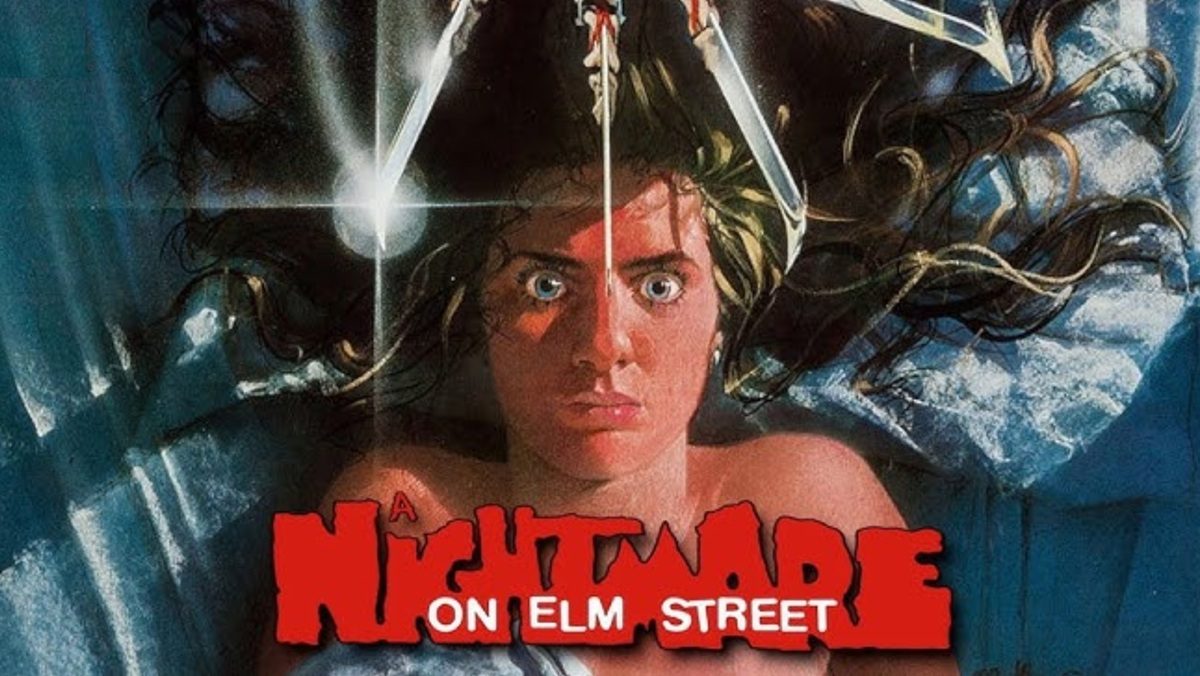
As with most horror franchises, it never gets better than that first, classic installment, and A Nightmare on Elm Street is no different. Writer/director Wes Craven hit all the right notes on almost every beat of the movie, and the result is a classic horror film that stands the test of time and still works on audiences to this day. All the right ideas came together for Craven when he created Freddy Krueger. The premise of a killer who stalks you in your dreams, only to have you die for real if you die while asleep, is such a genius concept. It’s crazy to think it took so long for someone to think of it.
Craven drew inspiration from stories he read in the newspaper about Cambodian refugees who felt stalked by some kind of dream killer, only to never wake up. He then fused those stories to a childhood memory of a hobo who scared him as a child and turned that into Freddy Krueger. The burned face and claw glove were equally genius notions that instantly set Freddy apart from his fellow slashers. And then Craven cast the part perfectly with actor Robert Englund, who brought a twisted glee to the part.
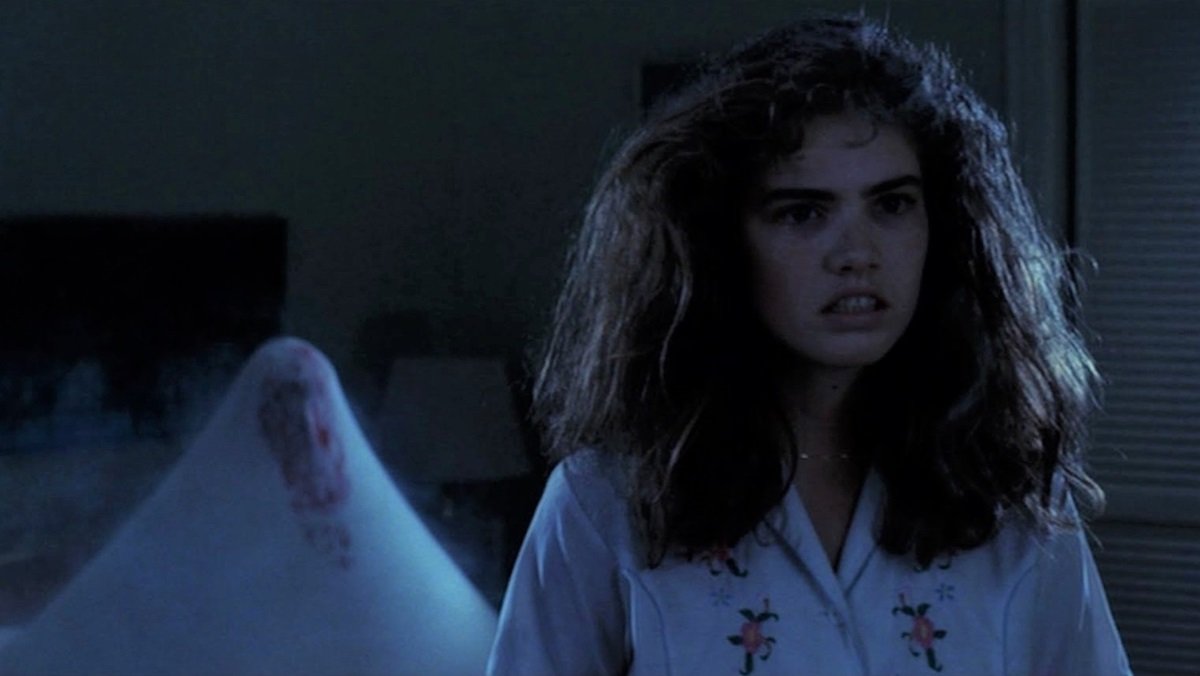
There are so many other things that make the original film great, it’s hard to pinpoint just one. First off, you’ve got the great core concept of sins of the parents visited upon their children. This was a potent idea in the ’80s, when it was radical to suggest suburbia had a dark side. Then you have a great cast of actors portraying the teens of Springwood. Unlike many in the slasher flicks of years prior, they come across as real and relatable. None of these kids was better than lead heroine Nancy Thompson (Heather Langenkamp), one of horror cinema’s greatest “final girls.” Unlike many so-called “Scream Queens” before her, Nancy broke the mold by doing more than just screaming and running. She ultimately takes the fight to Freddy and kicks his ass.
And finally, much like John Carpenter’s Halloween before it, Nightmare has the perfect theme music, crafted by composer Charles Bernstein. Sure, there are some things that don’t work about Nightmare 1. Some of the acting choices (especially from country singer Ronee Blakely, who played Nancy’s mother) are questionable, and sometimes the super-low budget shows some of the seams of the production. But ultimately, those things are minor quibbles. A Nightmare on Elm Street is just an example of one of those movies where all the right elements came together to create an enduring classic.
The first seven films in the franchise are now available in the A Nightmare on Elm Street 7 Film Collection 4K Blu-ray Ultra HD set.
A version of this article was Originally published October 31. 2015
The post Every A NIGHTMARE ON ELM STREET Movie, Ranked appeared first on Nerdist.
Source: Kiat Media
0 Comments